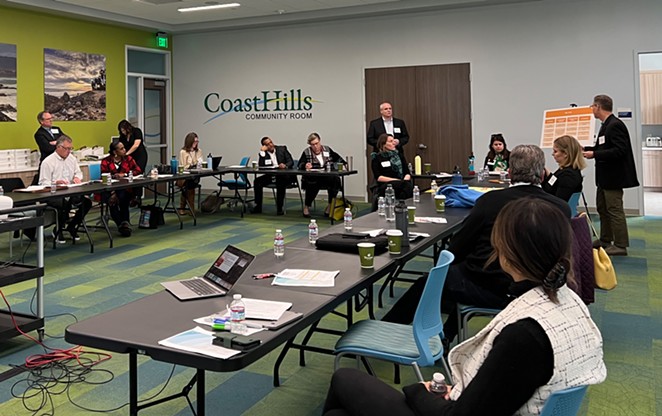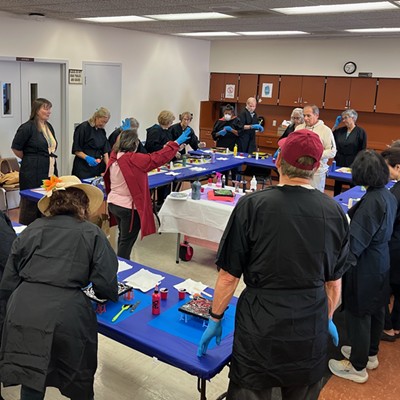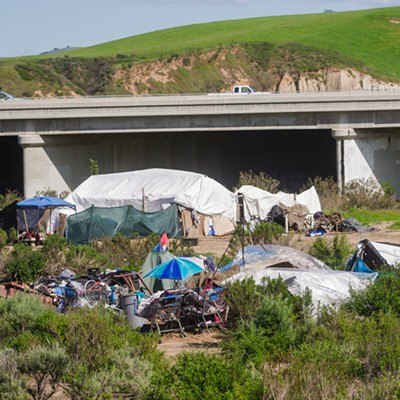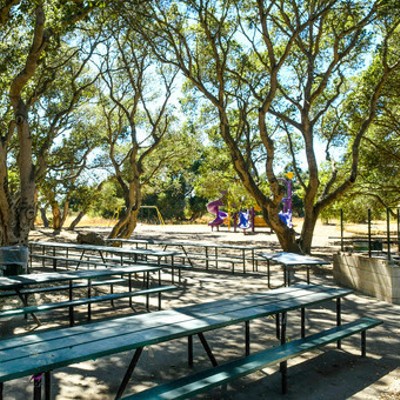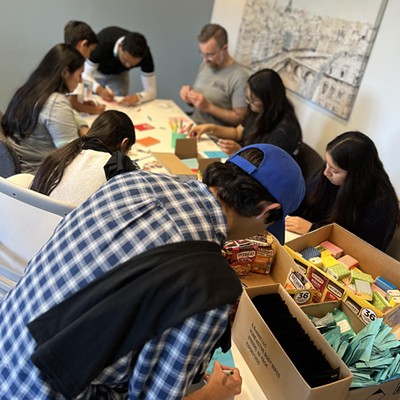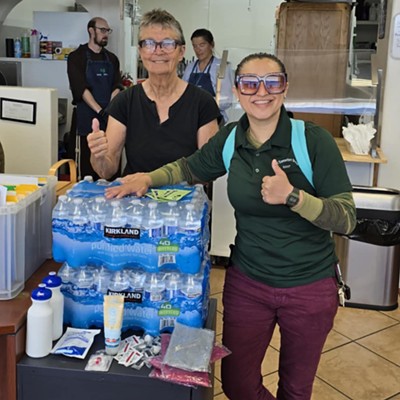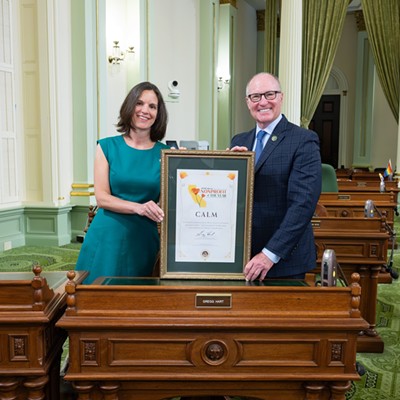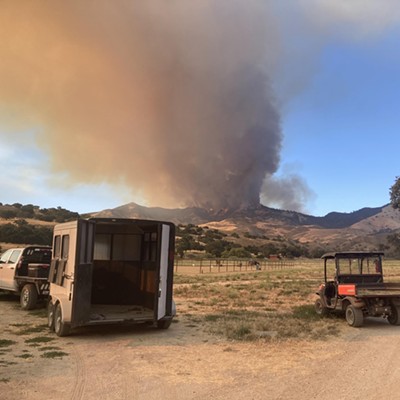Between now and mid-October, locals can give their two cents on a multi-year economic plan for the Central Coast designed to bring in and support a wide range of industries throughout the region.
The plan was developed by the Regional Economic Action Coalition (REACH), a nonprofit organization with the goal of growing economic prosperity in the Central Coast region, said REACH Vice President of Strategic Initiatives Julie Sinton Pruniski.
“We work with both the public and private sectors—we are really helping bring those together and doing a lot of regional collaboration on regional issues,” Sinton Pruniski said.
REACH launched in 2019 in the wake of the plan at the time to close Diablo Canyon, one of the region’s largest employers, because regional public, private, and nonprofit leaders realized the importance of coming together and being more proactive about developing economic and job opportunities, according to REACH. The nonprofit’s role is to lead collaboration on regional initiatives, bring partners together, and connect local jurisdictions to state and federal resources.
On Sept. 12, REACH went before both the Santa Barbara and SLO county boards of supervisors with a regional economic strategy and received unanimous support from both counties. Central Coast residents can now access the regional economic plan and provide public comment until Oct. 12.
“Every strategy is future-focused, inclusive, equitable, [sustainable], and resilient from an economic perspective,” she said. “The plan that went before the county boards is really the first ever joint economic strategy, a five-year plan for economic development on the Central Coast.”
A 30-person strategy committee from sectors across the counties helped create the goals, strategies, and actions. REACH and the committee conducted and interfaced with more than 400 stakeholders from both counties to gather information for what a regional economic plan could look like, Sinton Pruniski said.
“There’s an overarching structure with a vision statement: The Central Coast is a dynamic region where current and future generations thrive and businesses innovate and excel,” she said.
REACH identified four target industries: agricultural technology, clean technology and renewable energy, aerospace defense and precision manufacturing, and technology as a whole, Sinton Pruniski said. Within the strategy, there are three categories of goals—people, innovation, and place—that focus on enhancing economic growth.
The people element of the plan focuses on the talent side of economic development and looking for ways to develop workforce pathways, train current residents, and expose youth to local jobs, Sinton Pruniski said. This goal highlights the importance of wraparound services like child care, broadband, public transit, and access to health care, which can often help keep people in the area, she said.
“The other is fostering a regional innovation network. How do we work together across the two counties to help innovative businesses operate here? Start-ups grow and outgrow their space; how do we work with them to find a new site and keep them on the Central Coast?” Sinton Pruniski said. “The third one is around ‘place’ and figuring out how to address the housing challenges and working together as a region to keep people here.”
REACH Director of Communications Sally Taylor added that during initial stakeholder conversations, the majority of the participants cited the same challenges over and over again.
“We have a hard time finding the talent we need because of the housing costs,” Taylor said. “Affordability is a big barrier [for] start-ups trying to grow here. We have a good ecosystem for getting them going, but we need to be here to help them mature and get bigger.”
The strategy addresses these issues broadly because it could help unlock sources of federal and state money, as these government funding agencies tend to emphasize regionalism, she said. It also focuses on ways the counties can work together, play off each other’s strengths, and work together to make something better.
“We want all the range of needs to create a strong, regional economy to be covered under this plan, and this will allow different groups, jurisdictions to pursue sources of funding to address those—whether it’s broadband, child care—it really is quite a broad strategy to cover the elements we need to create opportunities for the people that live here,” Taylor said.
For more information and to read the economic strategy, visit reachcentralcoast.org/ceds.
Highlight
• C.A.R.E.4Paws is inviting Santa Barbara County residents and their four-legged friends to don their walking shoes for its second annual Walk Against Abuse to help raise funds and awareness for Safe Haven, a program that supports pet families exposed to domestic violence. From 11 a.m. to 2 p.m. on Oct. 2, families can walk through Elings Park—1430 Las Positas Road, Santa Barbara—and enjoy live music, food, and activities throughout the day. People can learn how Safe Haven prevents suffering and saves lives and how the community can support the program. Tickets are $25 for adults and $10 for youth 12 and under.
Reach Staff Writer Taylor O’Connor at [email protected].


